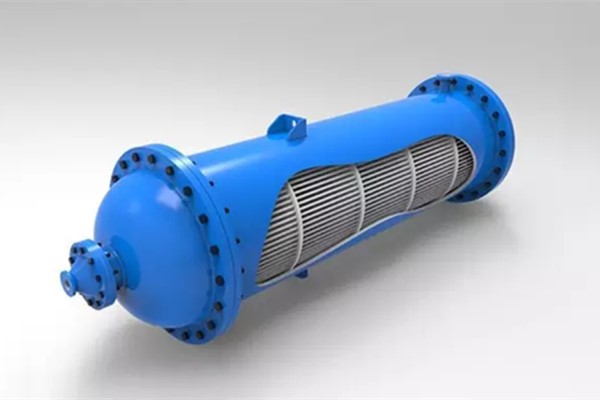The plate heat exchanger is a kind of high-efficiency heat exchanger made of many corrugated titanium plates. It is the ideal equipment for liquid-liquid and liquid-steam heat exchanges. It’s characterized by its high heat exchange efficiency, compact structure, convenient dismantling and washing, long service life and so on, and has been widely used in the food industry, aerospace, marine engineering, petrochemical industry, metallurgy, medical equipment, instrumentation and other fields. The plate heat exchanger consists of a heat transfer plate, sealing gasket, pressing device and some other components such as clamping studs, guide rod and pipe. The key to determining the service life and safety performance of the plate heat exchanger is to ensure the welding quality of the main parts such as plate, sealing gasket, compacting plate, intermediate separator, clamping stud, pipe flange and connection.

The material of heat transfer plate has an important influence on the performance, life, working condition and forming quality of plate heat exchanger. The quality control of materials mainly includes:
- The chemical composition, mechanical properties and other technical requirements of the materials shall comply with the relevant standards;
- Select suitable materials according to the characteristics and scope of application of materials, that is, the properties of heat exchange medium, working conditions (including chloride content, PH value, operating temperature, operating pressure, gap operation or continuous operation, etc.), as well as the molding and corrosion resistance of materials, etc.
The heat transfer plate is the key element of the plate heat exchanger. On the one hand, it makes the fluid produce strong turbulence at low speed to enhance heat transfer. On the other hand, the stiffness of the plate is increased so that it can bear higher pressure. The corrugated form of heat transfer plate has great influence on heat transfer efficiency and flow resistance. In order to meet the needs of different heat transfer conditions, there are many types of corrugated heat transfer plate have been developed, among which Z-shaped corrugated plate and horizontal flat corrugated plate are the main ones. Sheet materials include carbon steel, stainless steel, aluminum and its alloys, Brass, Monel alloy, Nickel, Titanium, etc. The specific alloy material including:
- Austenitic stainless steel 316L, 304
- Super austenitic stainless steel 254SMO
- Nickel N02201 and nickel base alloy C276 and C2000
- And cold-rolled sheets like copper and aluminum
Titanium offers excellent corrosion resistance especially in chlorine-containing media, and plate heat exchanger made by titanium is still widely used in corrosive applications even though it is expensive. The key to the manufacture of plate heat exchangers is the forming of the plate, which is mainly pressing plate at present. Titanium and titanium alloy plate heat exchangers are generally made by pure titanium GR1, GR2 and titanium palladium alloy GR11 (GR1 + Pd), GR7 (GR2 + Pd with a thickness of 0.4 ~ 1.5mm.


